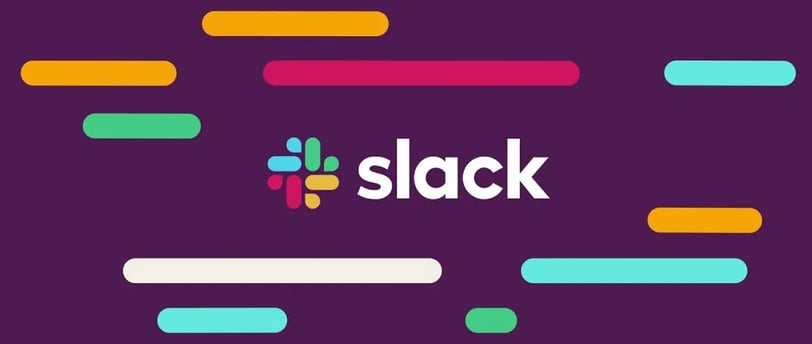Slack: The SaaS success story that transformed startup marketing strategies
Looking for inspiration on how to grow your SaaS startup? Discover how Slack used unconventional marketing strategies to scale exponentially and why it’s a case study every SaaS founder should know.


Slack: The startup that understood its users before they even knew what they needed
Back in 2013, when the SaaS landscape was flooded with tools competing for attention, a small team decided to listen instead of shout. Slack didn’t set out to disrupt workplace communication. It started as an internal tool to help a team collaborate more effectively.
But that honest practical need combined with smart strategic decisions turned Slack into one of the most widely adopted platforms in the world.
It all started with one question
Stewart Butterfield (also the founder of Flickr) and his team were building a video game that never launched. But while the game flopped something unexpected emerged: a communication tool that worked remarkably well for distributed teams.
They asked:
What if this thing we built for ourselves could help thousands of teams like ours?
That question sparked one of the most iconic growth journeys in SaaS history.
Understanding comes before selling
Instead of immediately launching paid campaigns, Slack focused on helping first.
They published a blog sharing tips on productivity, remote work, and company culture, long before those topics became mainstream.
They didn’t talk about themselves.
They talked about what their users cared about.
Rather than spending millions on ads, they invested in trust.
Let people try with no pressure
Slack’s freemium model wasn’t a growth hack. It was a belief:
“We trust what we built. We don’t need to sell it with tricks.”
This confidence paid off. Users signed up, explored the platform and stayed. Slack didn’t just solve a pain point, it made everyday work smoother and more enjoyable.
Word of mouth: The ultimate growth engine
Want to know how good your product really is?
See if people recommend it without being asked.
Slack created a simple referral system:
If you loved it, you could invite others. If they loved it too, the cycle continued.
It was organic growth fueled by genuine experience, not marketing promises.
Becoming the work hub
Slack didn’t try to replace every tool, it integrated with them.
From Google Drive to Trello, Asana and more, Slack positioned itself as the central place where everything happens.
That wasn’t just a product decision. It was a strategy:
Be the hub, not the competition.
Personalized marketing, not mass messaging
Slack recognized a core truth:
You don’t sell to a small business the same way you sell to an enterprise.
They segmented their audience, personalized their messaging and adapted their value proposition depending on who they were targeting. That allowed them to scale without losing relevance.
The results: 1 million users in 3 years
In just three years, Slack reached 1.1 million active users.
By 2020, Salesforce acquired the company for over $27 billion.
But their true win wasn’t the valuation. It was this:
They proved that when a startup focuses on understanding, serving and simplifying, sales happen naturally without being forced.
What about your SaaS?
Are you listening more than you're talking?
Are you creating value before asking for the sale?
Are you helping before trying to convince?
Slack’s story isn’t a template or a magic formula but it is a powerful guide.
When you solve real problems for real people and put your users at the center, growth stops feeling like a constant battle… and starts flowing naturally.
